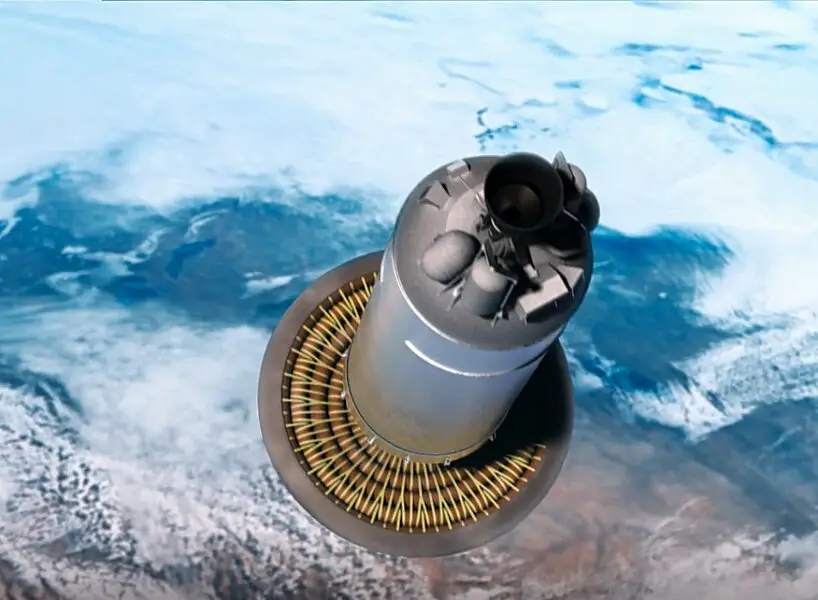An air-filled thermal shield built on a spacecraft that helps an airborne object land safely in the atmosphere is poised to fly as part of NASA’s Low-Earth Orbit Flight Test of an Inflatable Decelerator (LOFTID). If successful, the parachute heat shield can handle big robotic missions, human landings on Mars, and the return of larger items from orbit.
It is challenging for NASA to carry heavy payloads, including experiments, equipment, and people, to locations with atmospheres because aeroshells are a kind of rigid shell that avoids heat that only relies on a rocket’s shroud size.
The adoption of LOFTID protects the experiments and equipment while also ensuring that the people on the missions are safe, secure, and able to return to Earth. As soon as the results of the launch are known, Designboom will update the story.
The answer for the space agency is an inflatable aeroshell that can be used on a larger scale than the shroud. This shows that the technology will be able to go through NASA missions to Mars, Venus, Titan, and back to Earth.
Earlier this month, NASA launched LOFTID in test mode together with a weather satellite aboard a United Launch Alliance Atlas V rocket.
Expectations for NASA’s LOFTID Engine nacelle
Aerodynamic forces have an impact on a spacecraft when it enters an atmosphere, according to NASA. It is slowed down in particular by aerodynamic drag, which produces heat from the object’s kinetic energy. According to NASA, using air drag is the most efficient technique to slow down a spaceship.
When a spacecraft is using LOFTID to slow down on its way to Mars or elsewhere in the solar system, the inflating heat shield acts as the brake.
“When compared to a conventional, smaller rigid aeroshell, the huge aeroshell produces higher drag. It starts to slow down in the upper parts of the atmosphere, enabling the spacecraft to descend faster, at higher altitudes, and with less severe heating “in a blog post, NASA.
“LOFTID Specs”
A 20-foot-diameter LOFTID is being considered by NASA, which claims that the benefits of the inflated parachute design may enable a straightforward orbit return and lower access costs to space via launch vehicle asset recovery (per Daily Mail).
Additionally applicable to crewed and significant robotic missions to Mars is the inflatable decelerator technology.
A part of the Space Technology Mission Directorate’s Technology Demonstration Missions program, the LOFTID project is managed by NASA’s Langley Research Center in Hampton, Virginia. Marshall, Armstrong, and Ames have all contributed to the undertaking. On this NASA online page, you may obtain real-time information.
Source: Science Times

